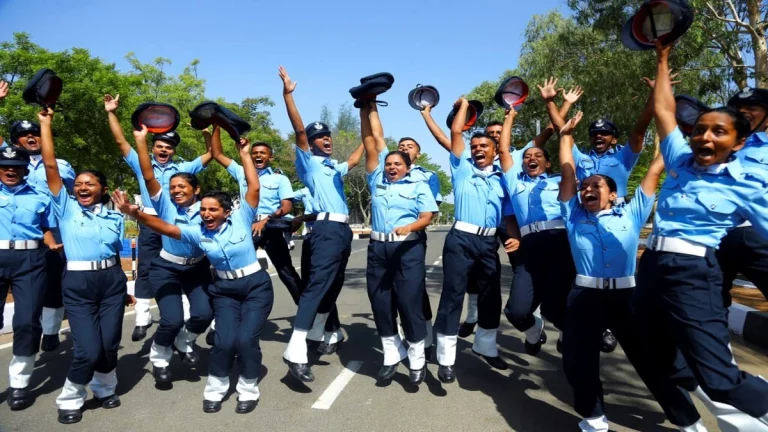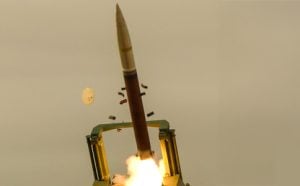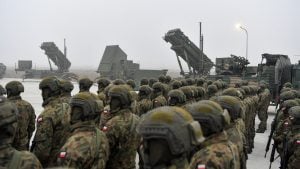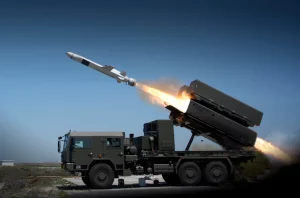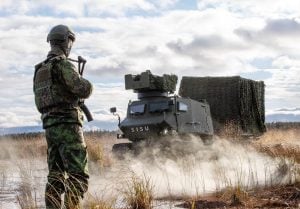Static General Knowledge (GK) is a critical part of competitive exams, especially in defense exams like the AFCAT (Air Force Common Admission Test). Knowledge about straits and international borders is often tested, as these geographical features play a vital role in international relations, trade, defense strategy, and maritime navigation. Here’s a detailed look at some of the most important straits and international borders relevant to AFCAT aspirants.
AFCAT 1 2025 Exam Static GK – Important Straits & International Borders
Important Straits
1. Strait of Malacca
- Location: Connects the Andaman Sea (Indian Ocean) with the South China Sea (Pacific Ocean).
- Significance: One of the busiest shipping lanes in the world, crucial for global trade, especially between Europe and East Asia.
- Countries: Lies between Malaysia and Indonesia.
2. Hormuz Strait
- Location: Connects the Persian Gulf with the Gulf of Oman.
- Significance: A strategic chokepoint for global oil transportation, with approximately 20% of the world’s petroleum passing through it.
- Countries: Borders Iran and Oman.
3. Bab-el-Mandeb
- Location: Connects the Red Sea with the Gulf of Aden.
- Significance: A critical route for maritime traffic between the Mediterranean Sea and the Indian Ocean, affecting trade between Europe and Asia.
- Countries: Lies between Yemen on the Arabian Peninsula and Djibouti and Eritrea in Africa.
4. Bering Strait
- Location: Connects the Bering Sea with the Arctic Ocean.
- Significance: Separates Russia and Alaska, and is considered a possible bridge point for trans-Arctic shipping routes as Arctic ice melts.
- Countries: Russia and the United States.
5. Gibraltar Strait
- Location: Connects the Atlantic Ocean to the Mediterranean Sea.
- Significance: A critical military and commercial chokepoint, with heavy naval presence due to its strategic location.
- Countries: Borders Spain and Morocco.
6. Bosphorus and Dardanelles Straits
- Location: Connects the Black Sea to the Sea of Marmara (Bosphorus) and then the Sea of Marmara to the Aegean Sea (Dardanelles).
- Significance: Vital for trade and defense in Turkey, also separating the European and Asian parts of Turkey.
- Country: Turkey.
7. Sunda Strait
- Location: Connects the Java Sea with the Indian Ocean.
- Significance: Used as an alternate route to the Strait of Malacca for some international trade, though it has a more challenging passage.
- Countries: Indonesia (between the islands of Java and Sumatra).
Important International Borders
1. Durand Line
- Countries: Afghanistan and Pakistan
- Length: Approximately 2,670 km
- Significance: A disputed border with political and strategic tensions, historically dividing the Pashtun ethnic region between the two nations.
2. Line of Control (LoC)
- Countries: India and Pakistan
- Length: Approximately 740 km
- Significance: The LoC serves as the de facto border in the disputed region of Jammu and Kashmir and is frequently in news due to skirmishes and ceasefire agreements.
3. McMahon Line
- Countries: India and China
- Length: Approximately 890 km
- Significance: Drawn in 1914 between British India and Tibet, it remains a contested border between India and China, especially in the region of Arunachal Pradesh.
4. Radcliffe Line
- Countries: India and Pakistan
- Length: Approximately 3,323 km
- Significance: Drawn during the Partition of India in 1947, it divided British India into India and Pakistan, affecting millions of people and leading to significant migration.
5. Maginot Line
- Countries: France (historically along the German border)
- Length: Not applicable (a series of fortifications)
- Significance: Built by France as a defensive measure against German invasion, it serves as a historical lesson in military strategy.
6. 38th Parallel
- Countries: North and South Korea
- Length: 248 km across the Korean Peninsula
- Significance: Known as the Korean Demilitarized Zone (DMZ), it serves as the boundary between the two Koreas, highly fortified and symbolizing the tension on the peninsula.
7. Oder-Neisse Line
- Countries: Germany and Poland
- Length: Follows the Oder and Neisse rivers
- Significance: Established post-World War II as the border between Germany and Poland, this line marked significant territorial adjustments in Europe.
8. Blue Line
- Countries: Israel and Lebanon
- Length: Approximately 120 km
- Significance: Marked by the United Nations as the withdrawal line for Israel from Lebanon, this boundary area often sees tensions and conflict.
9. Hindenburg Line
- Countries: No longer exists as a current boundary
- Significance: A German defensive line in northern France during World War I. It is important in military history but has no current geopolitical relevance.
Tips for Remembering Important Straits and Borders
- Visualization: Use maps to visualize each strait and border location, helping in associating each with its respective region and countries.
- Mnemonics: Create mnemonics for each strait and border, linking it with key characteristics (e.g., “Gibraltar Gaps the Atlantic and Med”).
- Current Affairs: Keep updated on any current affairs involving these regions, as this often adds context and memory cues.
- Mock Tests: Regularly practice mock tests with a focus on geography, straits, and borders to enhance retention.
Conclusion
Understanding the significance of various straits and international borders is essential for AFCAT aspirants. This knowledge not only assists in the exam but also in broader defense-related discussions. Being well-versed with these geographical features helps candidates prepare comprehensively for static GK in AFCAT, making this topic a critical aspect of their study plan.




